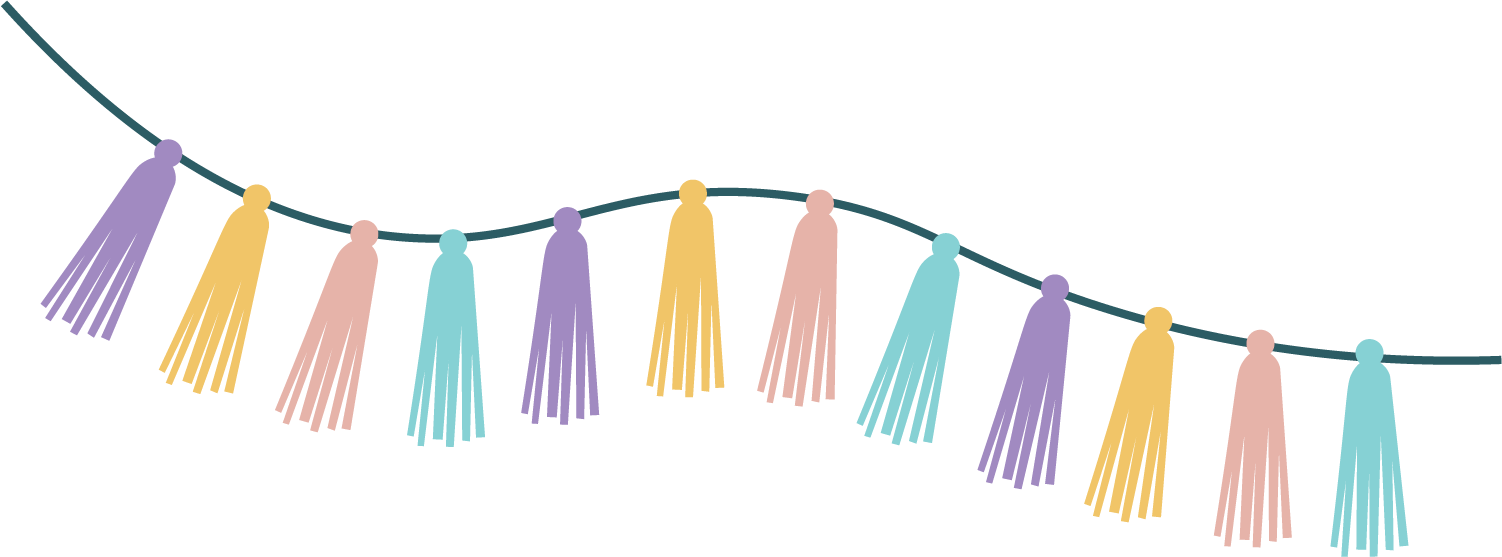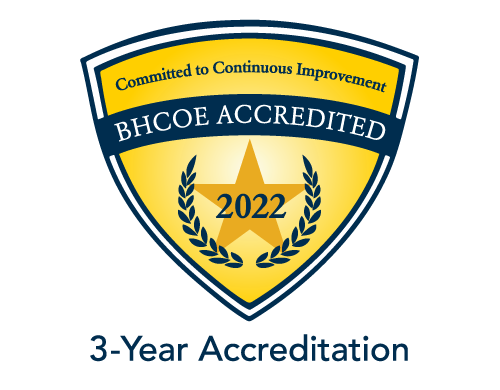Autism, a complex neurodevelopmental disorder, manifests in various forms among children. As an intricate spectrum disorder, autism encompasses a range of challenges and strengths that differ from individual to individual. Understanding the common types of autism is crucial for early identification, intervention, and providing tailored support, especially in the context of autism treatment. This article delves into the diverse manifestations of autism among kids, shedding light on distinctive characteristics, challenges, and effective strategies.
Definition of Autism
Autism Spectrum Disorder (ASD) is a neurodevelopmental condition characterized by challenges in social interaction, communication, and repetitive behaviors.
Prevalence Among Children
Highlighting the prevalence of autism among children worldwide, emphasizing the need for awareness and early detection.
Importance of Understanding Different Types
Discussing the significance of recognizing and understanding the various types of autism for effective support and intervention.
Early Signs and Identification
Observational Signs
Social Challenges
Examining difficulties in forming social connections and engaging in reciprocal interactions.
Communication Difficulties
Identifying challenges in verbal and non-verbal communication.
Screening and Diagnosis
Importance of Early Detection
Discussing the impact of early detection on long-term outcomes.
Professional Assessments
Exploring the role of healthcare professionals in accurate diagnosis.
Overview of Autism Spectrum Disorder (ASD)
Understanding Autism as a Spectrum
Highlighting the diversity within the autism spectrum and how it influences individual experiences.
Key Characteristics

Social Impairments
Discussing challenges in social interactions and relationships.
Repetitive Behaviors
Exploring the presence of repetitive and restrictive patterns of behavior.
Common Types of Autism
ASD Disorder (Classic Autism)
Defining Characteristics
Examining the core features of classic autism.
Behavioral Patterns
Describing common behavioral patterns associated with this type.
Asperger’s Syndrome
Distinctive Features
Differentiating characteristics of Asperger’s Syndrome.
Social Interaction Challenges
Discussing difficulties in understanding and navigating social nuances.
Pervasive Developmental Disorder-Not Otherwise Specified (PDD-NOS)
Diagnostic Criteria
Defining the diagnostic criteria for PDD-NOS.
Variability in Symptoms
Highlighting the diverse symptoms within this category.
Childhood Disintegrative Disorder (CDD)
Rare Nature
Exploring the rarity of CDD.
Regression in Skills
Discussing the unique challenge of skill regression in affected children.
High-Functioning Autism (HFA)
Characteristics of HFA
Cognitive Abilities
Highlighting the cognitive strengths of high-functioning ASD individuals.
Communication Skills
Discussing variations in communication abilities.
Challenges Faced by High-Functioning ASD Individuals
Social Integration
Addressing the difficulties in social inclusion.
Coping Strategies
Exploring adaptive strategies employed by individuals with HFA.
Low-Functioning Autism (LFA)
Defining Characteristics
Severe Communication Impairments
Examining challenges in expressive and receptive communication.
Behavioral Challenges
Discussing notable behavioral challenges associated with LFA.
Support and Intervention for Low-Functioning ASD Children
Specialized Education Programs
Highlighting the importance of tailored educational approaches.
Therapeutic Approaches
Exploring therapeutic interventions for behavioral management.
Regressive Autism
Overview of Regressive Autism
Onset of Symptoms
Discussing the distinct pattern of symptom onset.
Factors Influencing Regression
Exploring potential factors contributing to regression.
Challenges in Identifying and Addressing Regressive Autism
Parental Concerns
Discussing concerns and challenges faced by parents.
Diagnostic Difficulties
Exploring the complexities of diagnosing regressive autism.
Non-Verbal Autism
Characteristics of Non-Verbal Autism
Limited Speech Abilities
Examining challenges in speech development.
Alternative Forms of Communication
Highlighting alternative communication methods.
Strategies for Supporting Non-Verbal ASD Children
Augmentative and Alternative Communication (AAC)
Discussing the use of AAC for effective communication.
Assistive Technology
Exploring technological aids to support non-verbal individuals.
Savant Syndrome in Autism
Understanding Savant Skills
Exceptional Abilities
Exploring the unique talents exhibited by individuals with savant syndrome.
Relationship with Autism
Discussing the correlation between savant skills and autism.
Nurturing and Supporting Savant Talents
Educational Approaches
Exploring educational strategies to nurture savant abilities.
Recognizing Individual Strengths
Emphasizing the importance of recognizing and celebrating individual strengths.
Co-Occurring Conditions with Autism
Attention-Deficit/Hyperactivity Disorder (ADHD)
Shared Characteristics
Discussing overlapping symptoms between ADHD and autism.
Dual Diagnosis Challenges
Addressing challenges in diagnosing and treating co-occurring conditions.
Anxiety and Depression
Impact on ASD IndividualsExploring the prevalence of anxiety and depression in ASD individuals.
Holistic Treatment Approaches
Discussing holistic approaches to address mental health challenges.
Gender Differences in Autism
Recognizing Autism in Girls
Masking Behaviors
Exploring how girls may mask symptoms, leading to underdiagnosis.
Diagnostic Disparities
Discussing gender-based diagnostic challenges.
Challenges Faced by ASD Boys
Stereotyping and Misconceptions
Addressing societal stereotypes and misconceptions.
Tailoring Support for Gender-Specific Needs
Emphasizing the importance of gender-specific support strategies.
Cultural Considerations in Autism Diagnosis and Support
Diversity in Autism Presentation
Cross-Cultural Variations
Discussing cultural influences on autism expression.
Importance of Culturally Competent Approaches
Highlighting the need for culturally sensitive support approaches.
Addressing Stigma and Misconceptions
Cultural Perspectives on Autism
Exploring different cultural attitudes towards autism.
Promoting Inclusivity
Advocating for inclusive practices that respect diverse cultural perspectives.
Neurodiversity Movement
Embracing Neurodiversity
Shifting Perspectives
Discussing the shift towards embracing neurological diversity.
Celebrating Differences
Advocating for celebrating the unique strengths of neurodivergent individuals.
Advocacy for Inclusive Policies
Education and Employment Initiatives
Exploring initiatives for inclusive education and employment.
Reducing Stigma
Discussing efforts to reduce societal stigma surrounding neurodivergence.
Parenting ASD Children
Understanding and Acceptance
Embracing Neurodivergent Identities
Encouraging parents to embrace their child’s neurodivergent identity.
Fostering Positive Parent-Child Relationships
Providing tips for building strong parent-child relationships.
Support Networks for Parents
Online Communities
Discussing the role of online communities in providing support.
Accessing Professional Guidance
Encouraging parents to seek professional advice when needed.
Educational Strategies for ASD Students
Individualized Education Plans (IEPs)
Tailoring Education to Individual Needs
Discussing the importance of personalized education plans.
Collaborative Approaches
Highlighting the need for collaboration between educators, parents, and specialists.
Inclusive Classroom Practices
Peer Support Programs
Exploring the benefits of peer support programs.
Training Educators for Neurodiversity
Advocating for neurodiversity training for educators.
Therapeutic Interventions for Autism
Applied Behavior Analysis (ABA)
Core Principles
Explaining the core principles of ABA.
Effectiveness and Controversies
Discussing the effectiveness and controversies surrounding ABA.
Occupational Therapy
Targeting Daily Living Skills
Exploring how occupational therapy addresses daily living challenges.
Enhancing Independence
Discussing the role of occupational therapy in promoting independence.
Transitioning to Adulthood with Autism
Preparing ASD Individuals for Independence
Vocational Training
Discussing programs that prepare ASD individuals for the workforce.
Social Skills Development
Highlighting the importance of social skills training.
Challenges in Adult Services
Advocacy for Continued Support
Addressing the need for continued support services in adulthood.
Creating Inclusive Work Environments
Advocating for inclusive workplaces that accommodate neurodivergent individuals.
Ongoing Research in Autism
Advancements in Autism Studies
Genetic Research
Exploring breakthroughs in genetic research related to autism.
Neurobiological Investigations
Discussing ongoing neurobiological studies contributing to autism understanding.
Future Implications for Autism Understanding and Intervention
Personalized Treatment Approaches
Discussing the potential for individualized treatment plans.
Targeting Underlying Causes
Exploring future strategies targeting the root causes of autism.
Global Initiatives for Autism Awareness
World Autism Awareness Day

Significance and History
Exploring the history and significance of World Autism Awareness Day.
Promoting Understanding Worldwide
Discussing global efforts to increase understanding and acceptance.
International Collaborations for Autism Research and Support
Sharing Best Practices
Highlighting the importance of global collaboration in autism research.
Cross-Cultural Strategies
Discussing strategies that bridge cultural differences in autism support.
Conclusion
The vast spectrum of autism highlights the importance of understanding individual needs and providing tailored support. Early identification and interventions, like ABA therapy, can significantly improve quality of life for individuals with ASD.
Dream Big Children’s Center in Riverside offers comprehensive ABA therapy programs designed to address the unique challenges faced by children on the spectrum. Our team of dedicated therapists works collaboratively with families and educators to create a nurturing and supportive environment for growth.
If you’re looking for resources or autism services for kids, Dream Big Children’s Center is here to help. Contact us today to learn more about our ABA therapy services in Riverside.
FAQs
Why is Understanding Different Types of Autism Important?
Recognizing various types is crucial for tailoring support and interventions to address individual challenges and strengths.
What are the Early Signs and Identification Measures?
Observational Signs: Examining difficulties in forming social connections and engaging in reciprocal interactions.
Social Challenges: Identifying challenges in verbal and non-verbal communication.
How Important is Early Detection in Autism?
Early detection significantly impacts long-term outcomes, emphasizing the need for timely intervention.
What is the Overview of Autism Spectrum Disorder (ASD)?
Understanding autism as a spectrum, highlighting diversity in experiences.
Key Characteristics: Discussing challenges in social interactions and repetitive behaviors.
What are the Different Types of Autism?
ASD Disorder (Classic Autism): Examining core features and behavioral patterns.
Asperger’s Syndrome: Differentiating characteristics and social interaction challenges.
PDD-NOS: Defining diagnostic criteria and highlighting symptom variability.
Childhood Disintegrative Disorder (CDD): Exploring the rarity and skill regression.
High-Functioning Autism (HFA): Highlighting cognitive abilities, communication skills, and challenges.
Low-Functioning Autism (LFA): Defining characteristics, communication impairments, and behavioral challenges.
What is Regressive Autism?
Discussing symptom onset patterns, factors influencing regression, and challenges in identification and addressing.
What are the Characteristics of Non-Verbal Autism?
Examining limited speech abilities and alternative forms of communication.
Strategies: Discussing AAC and assistive technology for effective communication.
How Does Savant Syndrome Relate to Autism?
Exploring exceptional abilities, the correlation with autism, and nurturing and supporting talents.
Are There Co-Occurring Conditions with Autism?
ADHD: Discussing shared characteristics and challenges in dual diagnosis.
Anxiety and Depression: Exploring their impact and holistic treatment approaches.
What are the Gender Differences in Autism?
Recognizing autism in girls, addressing diagnostic disparities, and tailoring support for gender-specific needs.
Challenges for ASD Boys: Addressing stereotypes and misconceptions.
What Role do Cultural Considerations Play in Autism Diagnosis and Support?
Discussing cross-cultural variations, the importance of culturally competent approaches, and promoting inclusivity.
What is the Neurodiversity Movement?
Discussing the shift towards embracing neurological diversity, celebrating differences, and advocating for inclusive policies.
How Can Parents Support ASD Children?
Embracing neurodivergent identities, fostering positive parent-child relationships, and accessing support networks.


